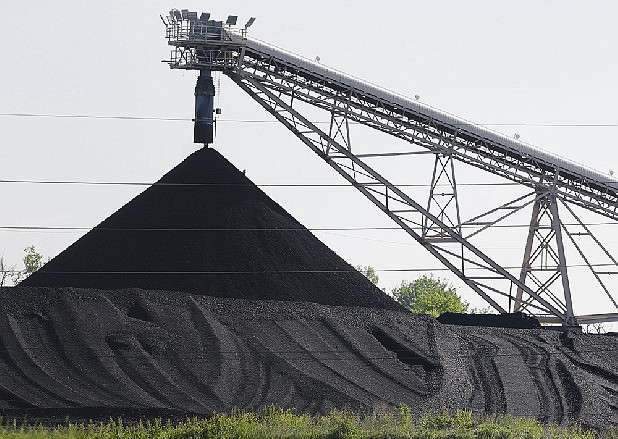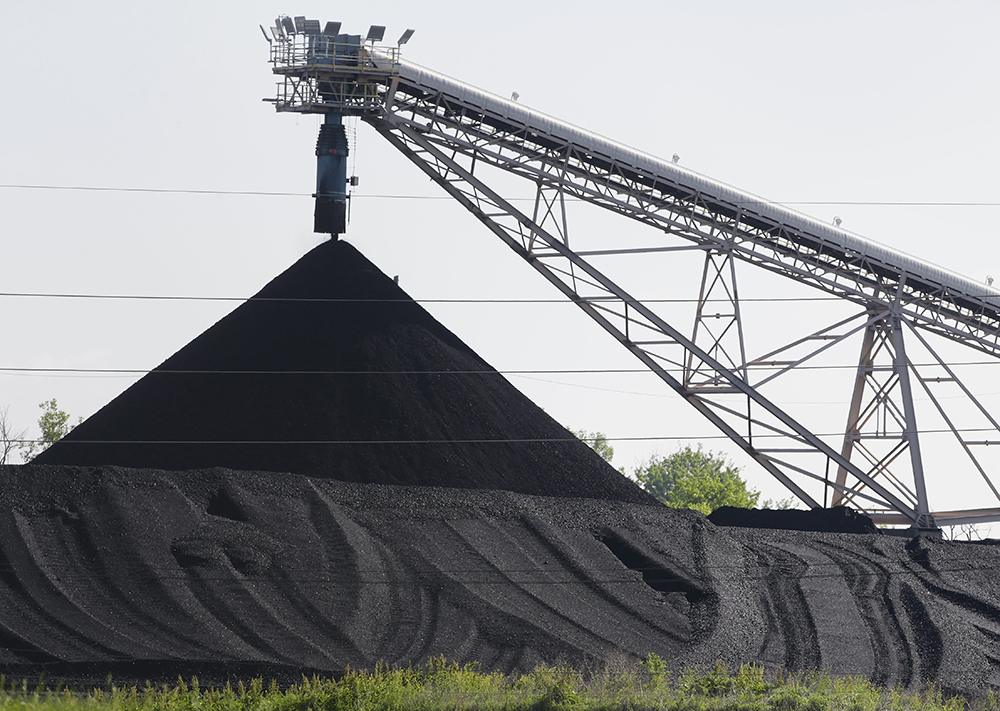He can't say he didn't warn us.
President Barack Obama, who as candidate Obama said under his plans "electricity rates would necessarily skyrocket" and that if somebody wanted to build a coal-powered plant "it will bankrupt them," is making good on his promises.
His executive order Monday, which called for power plants to cut their carbon emissions by 30 percent by 2030, is expected to both jack up electricity rates and eliminate jobs (there are 800,000 coal-related jobs in the country). And this despite the fact U.S. carbon emissions are at their lowest level per capita, according to 2012 U.S. Energy Information Agency data, since 1961.
Using a clause buried in the 1970s-era Clean Air Act as his authority after failing to get Congress to pass a "cap-and-trade" plan to reduce emissions in 2010, Obama hopes to limit the emissions and the greenhouse gases he and his administration say are responsible for global warming.
The clause stipulates the Environmental Protective Agency is obligated to regulate sources of pollution that "may endanger public health or welfare." With that clause, the possibilities are limitless.
But by once again skirting Congress, Obama is hoping to get what he wants by ordering it into being, just as he did with increased fuel-efficiency standards for vehicles, protecting illegal immigrants and commuting mandatory-minimum drug laws.
The order is bound to be challenged in court, as it should be.
The court challenges may not be the extent of the administration's problems with the order, though. The potential loss of coal jobs is not likely to play well in coal-rich states where Democrats will have to defend the president's plans in what already is expected to be a tough election year for his party.
The 645-page executive order, which is expected to be finalized in 2015, gives states until 2017 to submit a plan to individually cut power plant emissions from 2005 levels or until 2018 if they join with other states to do it.
The Environmental Protection Agency is expected to offer the individual states a range of options to meet targets based on where they get their electricity and how much carbon dioxide they emit while doing so. Those options include making power plants more efficient, investing in more renewable, low carbon sources of energy, and reducing the frequency at which coal power plants supply their power.
The states can also -- which Obama's failed bill in Congress would have done -- set up pollution-trading markets to offer more flexibility in how plants cut emissions. And if they don't set up their own method, the EPA will do it for them.
Tennessee, fortunately, may be better off than most states. Though it is 21st on the list announced last week by energy advocacy group Ceres in greenhouse gases by state, it already has reduced its dependence on coal.
While U.S. emissions are about 13 percent below those of 2005 levels, halfway to Obama's goal, the Volunteer State has reduced its carbon emissions about 30 percent over the past seven years.
Still, the U.S. Energy Department predicts retail power prices will rise 4 percent this year and an additional 13 percent by 2020 -- not including the cost that might be incurred by the new policy.
While coal employees and power bill-paying customers will be the losers from the president's executive order, if there is a winner it's the natural gas industry.
Over the previous five years, according to a 2012 Slate magazine article, the share of coal in power generation plummeted dramatically, and in April 2012 was at 32 percent, which was on par with gas, which emits 45 percent less carbon per energy unit than coal.
Indeed, David Victor, an energy expert at University of California at San Diego, estimated in the article that the shift from coal to natural gas had reduced U.S. emissions by 400 to 500 megatons of carbon dioxide per year. Obama administration-favored wind turbines reduced emissions by one-tenth the amount natural gas did, biofuels only a fifth of the reduction wind turbines offered and solar panels less than one-third what biofuels did.
And the cost for wind turbines, biofuels and solar panels, even with subsidies and tax break, is substantially more expensive than natural gas.
Increasing the use of clean coal and experimentation with alternative fuels until they are cost effective are one thing. Forcing the country away from coal power and into more expensive but less cost efficient sources is another. And, sadly, experts say, Obama's war on coal won't even make much of a difference in global warming in the long run if China and India continue to burn more coal than the United States.

